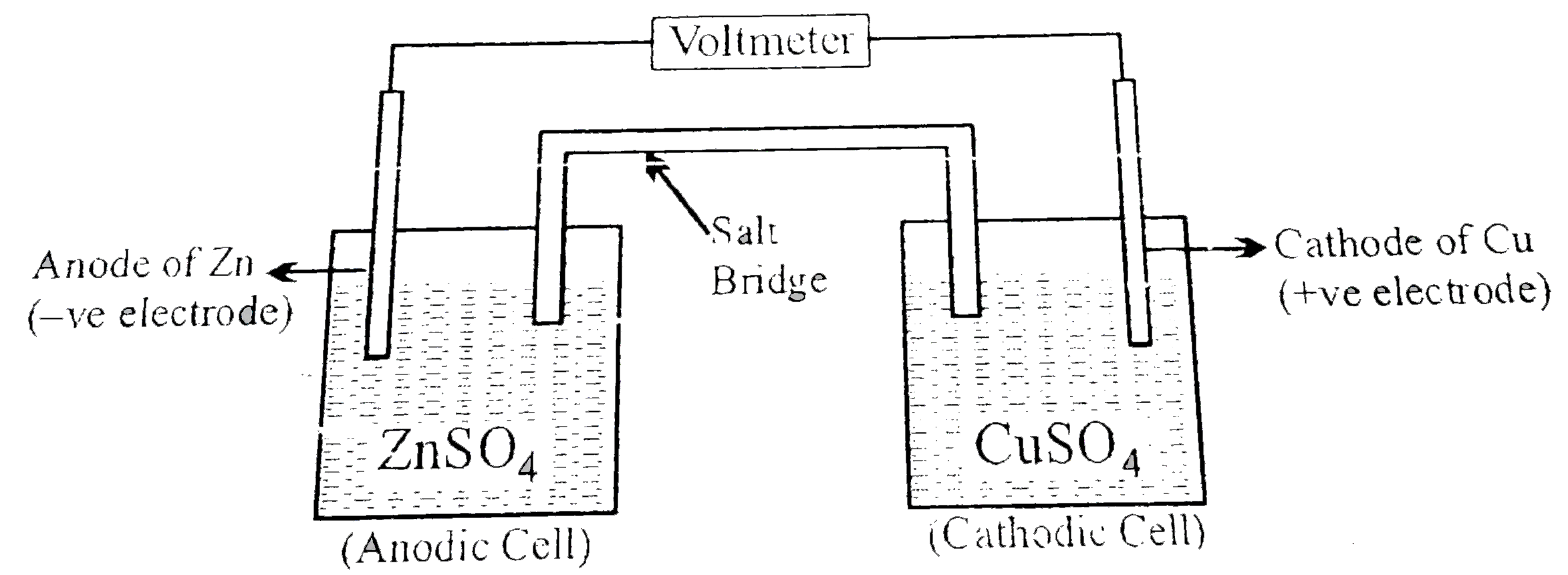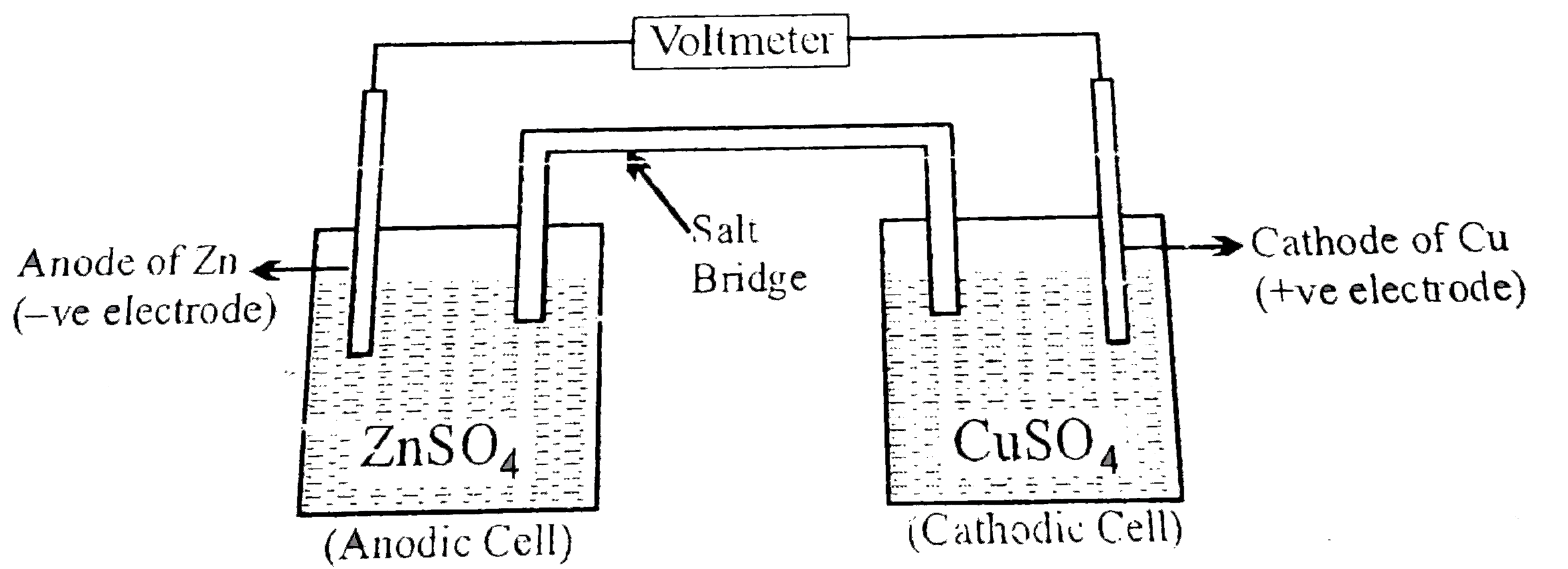The English chemist John Alexander Newlands in 1866 profounded the
law of triads
law of octaves
law of pentaves
law of hexaves
The correct Answer is:B
It stated that when the known elements are listed by increasing atomic weights, those tat were eight places apart would be similar, much like the notes on a pinao keyboard.
Topper's Solved these Questions
- CLASSIFICATION OF ELEMENTS AND PERIODICITY IN ELEMENTSBOOK - R SHARMACHAPTER - CLASSIFICATION OF ELEMENTS AND PERIODICITY IN ELEMENTSEXERCISE - Follow-up Test 2
1 Videos
- CLASSIFICATION OF ELEMENTS AND PERIODICITY IN ELEMENTSBOOK - R SHARMACHAPTER - CLASSIFICATION OF ELEMENTS AND PERIODICITY IN ELEMENTSEXERCISE - Follow-up Test 3
1 Videos
- CLASSIFICATION OF ELEMENTS AND PERIODICITY IN ELEMENTSBOOK - R SHARMACHAPTER - CLASSIFICATION OF ELEMENTS AND PERIODICITY IN ELEMENTSEXERCISE - Follow-up Test 1
1 Videos
- CHEMICAL BONDINGBOOK - R SHARMACHAPTER - CHEMICAL BONDINGEXERCISE - Archives
73 Videos
- EQUILIBRIUMBOOK - R SHARMACHAPTER - EQUILIBRIUMEXERCISE - ARCHIVES
69 Videos
Similar Questions
Answer question numbers (a) - (d) on the basis of your understanding of the following paragraph and the related studied concepts :
Around the year 1800, only 30 elements were known. Dobereiner in 1817 and Newlands in 1866 tried to arrange the then knon elements and framed laws which were rejected by the scientists. Even After the rejection of the propose laws, many scientists continued to search for a pattern that correlated the properties of elements with their atomic masses.
The main credit for classifying elements goes to Mendeleev for his most important contribution to the early development of Periodic table of elements wherein he arranged the elements on the basis of their fundamental property, the atomic mass and also on the similarly of chemical properties. The formulae of their hydrides and oxides were treated as basic criteria for the classification of the elements.
However, Mendeleev's classification also had some limitations as it could not assign the position to isotopes. He left some gaps in the Periodic table.
Why did Mendeleev leave some gaps in the Periodic Table ?
View SolutionAnswer question numbers (a) - (d) on the basis of your understanding of the following paragraph and the related studied concepts :
Around the year 1800, only 30 elements were known. Dobereiner in 1817 and Newlands in 1866 tried to arrange the then knon elements and framed laws which were rejected by the scientists. Even After the rejection of the propose laws, many scientists continued to search for a pattern that correlated the properties of elements with their atomic masses.
The main credit for classifying elements goes to Mendeleev for his most important contribution to the early development of Periodic table of elements wherein he arranged the elements on the basis of their fundamental property, the atomic mass and also on the similarly of chemical properties. The formulae of their hydrides and oxides were treated as basic criteria for the classification of the elements.
However, Mendeleev's classification also had some limitations as it could not assign the position to isotopes. He left some gaps in the Periodic table.
State Mendeleev's Periodic Law.
View Solution
Knowledge Check

The most pupular electrochemical cell, daniel cell was originally developed by the English chemist john F daniel the general assembly of the cell is as given below An undergraduate student made a Daniel cell using 100cm3 of 0.100MCuSO4 ad 0.100M ZnSO4 solution respectively. The two compartments are connected by suitable salt bridge.
[given E∘(Cu2+/Cu)=0.34V,E(Zn2+/Zn)=−0.76V,2.30RTF=0.06,log2=0.3]
Q. Calculate the emf (in volt) of the above cell.A0B1.1C1.16D1.04
The most pupular electrochemical cell, daniel cell was originally developed by the English chemist john F daniel the general assembly of the cell is as given below An undergraduate student made a Daniel cell using 100cm3 of 0.100MCuSO4 ad 0.100M ZnSO4 solution respectively. The two compartments are connected by suitable salt bridge.
[given E∘(Cu2+/Cu)=0.34V,E(Zn2+/Zn)=−0.76V,2.30RTF=0.06,log2=0.3]
Q. A labmate of the student asked her for some solid CuCl2. while she was lifting the bottle from a shelf, the lid of the bottle slipped and some amount of CuCl2 fell in the CuSO4 compartment at constant volume. She measured the emf of the cell again and found that it has increase by 9 mV. She used this data to calculate the amount of CuCl2 that had spilled in the compartment. Calculate the mass of CuCl2 that had spilled into the daniel cell? (molar mass of CuCl2=135gmol)A1.35gB13.5gC27gD2.7gA passage is given with 5 questions following it. Read the passage carefully and choose the best answer to each question out of the four alternatives and click the button corresponding to it.
Until he was ten, young Alexander Fleming attended the nearby Loudoun Moor School. He was then transferred to Darvel School which he attended with his brothers. Alexander learned a good deal about nature during that four mile downhill hike to school and the four mile uphill return trip. He was a quick student and at twelve, the age limit prescribed for Darvel school, he was sent to Kilmarmock Academy. Two years later he joined his brothers John and Robert at the home of his elder brother Thomas, who was to become a successful occultist in London. However, the economic success of the family was yet to be and Alexander was forced to leave school for economic reasons. When he was sixteen, he obtained a job in a shipping company. Good fortune, however, was on his side and on the side of humanity. In 1901, he received a share in a legacy which made it possible for him to return to school. He decided to study medicine.
He was a .quick student. means that AlexanderAreached school before his brothersBwas a lively studentCran the racesDwas a fast learner
Answer question numbers (a) - (d) on the basis of your understanding of the following paragraph and the related studied concepts :
Around the year 1800, only 30 elements were known. Dobereiner in 1817 and Newlands in 1866 tried to arrange the then knon elements and framed laws which were rejected by the scientists. Even After the rejection of the propose laws, many scientists continued to search for a pattern that correlated the properties of elements with their atomic masses.
The main credit for classifying elements goes to Mendeleev for his most important contribution to the early development of Periodic table of elements wherein he arranged the elements on the basis of their fundamental property, the atomic mass and also on the similarly of chemical properties. The formulae of their hydrides and oxides were treated as basic criteria for the classification of the elements.
However, Mendeleev's classification also had some limitations as it could not assign the position to isotopes. He left some gaps in the Periodic table.
If the letter 'R' was used to represent any of the elements in the group, then the hydride and oxide of carbon would respectively be represented as
(i) RH4,RO (ii) RH4,RO2 (iii) RH2,RO2 (iv) RH2,RO
View SolutionA passage is given with 5 questions following it. Read the passage carefully and choose the best answer to each question out of the four alternatives and click the button corresponding to it.
Until he was ten, young Alexander Fleming attended the nearby Loudoun Moor School. He was then transferred to Darvel School which he attended with his brothers. Alexander learned a good deal about nature during that four mile downhill hike to school and the four mile uphill return trip. He was a quick student and at twelve, the age limit prescribed for Darvel school, he was sent to Kilmarmock Academy. Two years later he joined his brothers John and Robert at the home of his elder brother Thomas, who was to become a successful occultist in London. However, the economic success of the family was yet to be and Alexander was forced to leave school for economic reasons. When he was sixteen, he obtained a job in a shipping company. Good fortune, however, was on his side and on the side of humanity. In 1901, he received a share in a legacy which made it possible for him to return to school. He decided to study medicine.
Alexander left school
View SolutionA passage is given with 5 questions following it. Read the passage carefully and choose the best answer to each question out of the four alternatives and click the button corresponding to it.
Until he was ten, young Alexander Fleming attended the nearby Loudoun Moor School. He was then transferred to Darvel School which he attended with his brothers. Alexander learned a good deal about nature during that four mile downhill hike to school and the four mile uphill return trip. He was a quick student and at twelve, the age limit prescribed for Darvel school, he was sent to Kilmarmock Academy. Two years later he joined his brothers John and Robert at the home of his elder brother Thomas, who was to become a successful occultist in London. However, the economic success of the family was yet to be and Alexander was forced to leave school for economic reasons. When he was sixteen, he obtained a job in a shipping company. Good fortune, however, was on his side and on the side of humanity. In 1901, he received a share in a legacy which made it possible for him to return to school. He decided to study medicine.
Alexander became well off
View SolutionA passage is given with 5 questions following it. Read the passage carefully and choose the best answer to each question out of the four alternatives and click the button corresponding to it.
Until he was ten, young Alexander Fleming attended the nearby Loudoun Moor School. He was then transferred to Darvel School which he attended with his brothers. Alexander learned a good deal about nature during that four mile downhill hike to school and the four mile uphill return trip. He was a quick student and at twelve, the age limit prescribed for Darvel school, he was sent to Kilmarmock Academy. Two years later he joined his brothers John and Robert at the home of his elder brother Thomas, who was to become a successful occultist in London. However, the economic success of the family was yet to be and Alexander was forced to leave school for economic reasons. When he was sixteen, he obtained a job in a shipping company. Good fortune, however, was on his side and on the side of humanity. In 1901, he received a share in a legacy which made it possible for him to return to school. He decided to study medicine.
"........ and at twelve, the age limit prescribed for Darvel school......."in this context means that children were
View SolutionA passage is given with 5 questions following it. Read the passage carefully and choose the best answer to each question out of the four alternatives and click the button corresponding to it.
Until he was ten, young Alexander Fleming attended the nearby Loudoun Moor School. He was then transferred to Darvel School which he attended with his brothers. Alexander learned a good deal about nature during that four mile downhill hike to school and the four mile uphill return trip. He was a quick student and at twelve, the age limit prescribed for Darvel school, he was sent to Kilmarmock Academy. Two years later he joined his brothers John and Robert at the home of his elder brother Thomas, who was to become a successful occultist in London. However, the economic success of the family was yet to be and Alexander was forced to leave school for economic reasons. When he was sixteen, he obtained a job in a shipping company. Good fortune, however, was on his side and on the side of humanity. In 1901, he received a share in a legacy which made it possible for him to return to school. He decided to study medicine.
lexander trekked ..............miles every day to attend Darvel school.
View Solution
